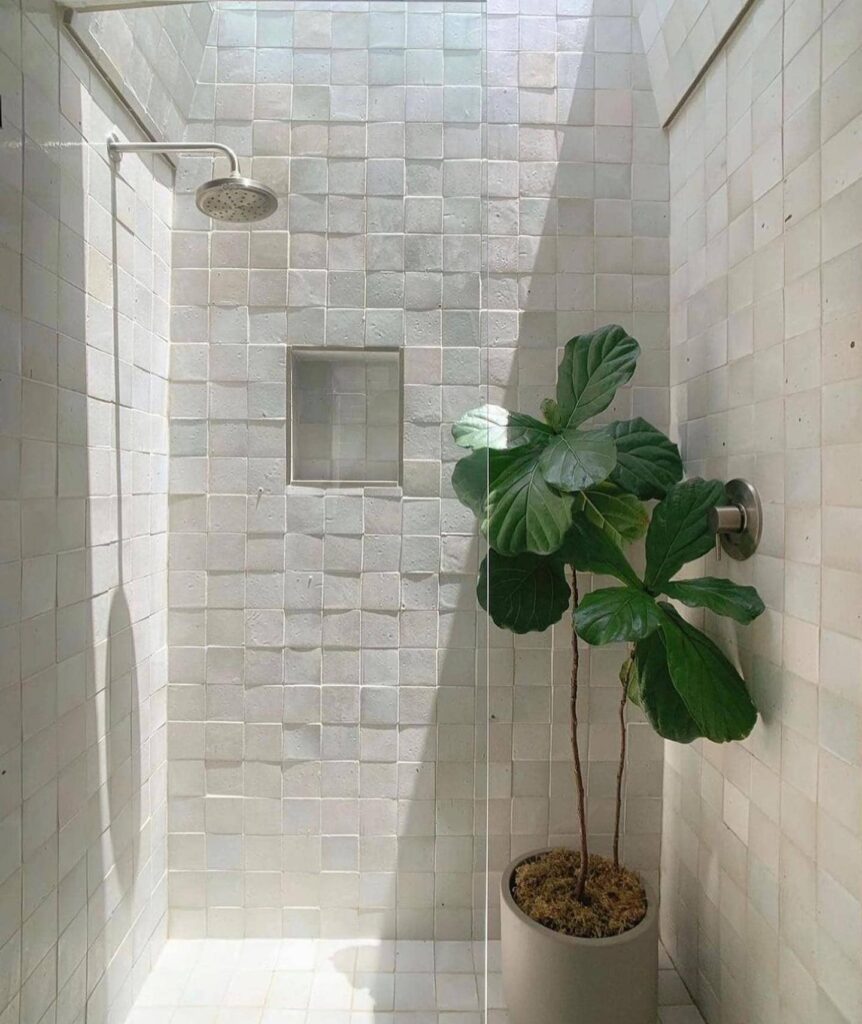All, House Plants & Gardening, Living
Our Five Favorite Indoor Plants & How to Care for Them
Our Five Favorite Indoor Plants & How to Care for Them
They can purify the air, and there are lots of anecdotal claims that they can even protect against negative energy. They’re also one of those little, relatively inexpensive investments, that can make a house look and feel like a home. We love plants–but we also know life gets busy and plant care can feel difficult. Over the years, through lots of trial and error, we’ve narrowed our favorite plants for revitalizing your indoor space and nailed down some crucial tips when it comes to caring for them.
The succulent is probably the most commonly-cited plant for easy indoor care. Small, sturdy, and low maintenance, these are the best plants to keep for those who don’t consider themselves particularly green thumbed.
How to care for them: Water them every other week in summer and once a month in winter.
Things to look out for: Overwatering! Gray or brown leaves or leaves that are mushy in texture are a warning sign that you need to lay off the watering and let them be. If all of the leaves turn gray or begin falling off, it may be time to let go and try again.
Where to place them: Succulents like sun! Place them in bright, slightly indirect sunlight if you can.
Snake plants require slightly more sophisticated care, although not by much. You’ll know one when you see one; they contain tall, vertical leaves that are patterned and shaped in a way that brings a snake to mind. When they’re healthy, they’ll grow at an impressive rate, making you look like a consummate gardener.
How to care for them: Water them every two weeks in the summer, and once a month in winter. Every few years, you can repot them, which means gently removing the plant from the existing soil bed and placing it into a new one (the vase can stay the same as long as you swap out the soil).
Where to place them: Like succulents, snake plants do well in indirect sunlight. Warm, sunny areas are perfectly fine, though direct sunlight can be a bit strong.
Things to look out for: If the leaves are dry or brittle, it doesn’t necessarily mean your plant needs more water. Snake plants are “drought tolerant,” meaning it’s pretty tough to underwater them. Snake plants also give off a very clear sign when it’s unequivocally time for a replacement: let’s just say you’ll know it when you smell it.

Photo via @dream_casa
The fiddle leaf fig is one of the prettiest plants on our lists, but it tests even the most skilled of indoor gardeners. The long, floppy leaves are exactly what you might envision when picturing your plant-perfect home, but tender loving care is necessary to keep them at their vibrant prime.
How to care for them: You should water your fiddle leaf fig once a week (they enjoy more moisture than succulents and snake plants do), ensuring the soil is moist but not too damp, and mist it if it ever feels extra dry—they like warmth and humidity.
Things to look out for: Discoloration. If you overwater a fiddle leaf fig, it’ll lose its vibrant color.
Where to place them: Like succulents, fiddle leaf figs prefer bright, indirect light, but, unlike succulents, you need to do a little bit more to ensure each plant in your pot gets that sunlight. This means rotating your pot every few days.
Though an orchid technically falls into the flower family, the fact that it’s potted and its longer lifespan means the way you care for it is far more similar to these indoor plants than its floral counterparts. They also tend to be a bit more expensive than the other plants on this list, but when properly cared for, are an investment that can last you long enough to be well worth it.
How to care for them: First, ensure your orchid is in a pot with drainage holes at the bottom (which you should dump out at each re-water) in order to prevent the roots rotting. Place them in a windowsill that gets indirect sunlight. If you want to really up your orchid game, you can use an orchid fertilizer weekly, and prune faded blooms on the plant. Water once a week.
Things to look out for: Yellow-green leaves, which can indicate your orchid is getting too much light. Mushy roots, which mean you’re overwatering, and wrinkled ones, which mean the opposite.
Aloe vera are similar to snake plants, with tons of health benefits to boot. They’re not only purifying for the air, but also healing for your body–you may or may not have used aloe vera to soothe a stubborn sunburn in the past–that’s juice that comes directly from the plant.
How to care for them: Keep it warm and watered–whenever the soil is dry to the touch, give it a top-up. Place it in a wide pot with drainage holes.
Things to look out for: Wilted leaves (underwatered), or mushy leaves (overwatered).
Where to place them: Direct sunlight! Aloe vera loves and needs the sun.
Did you enjoy–or purchase any plants–from our indoor plant guide? If so, tag us on social media using #casadesuna.
Tell Us Your Thoughts